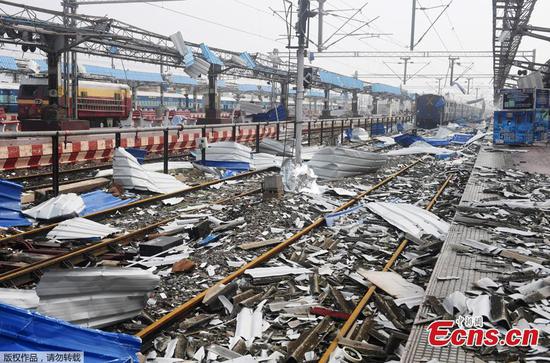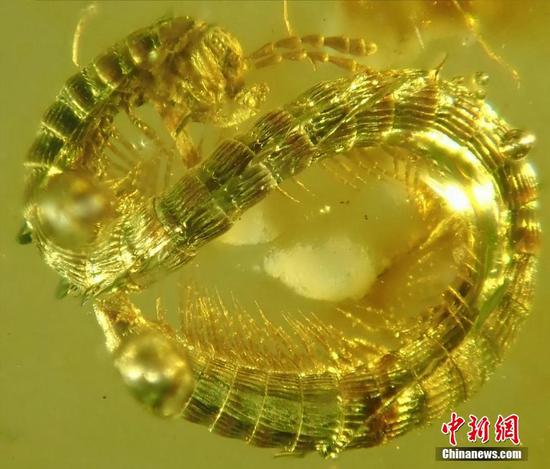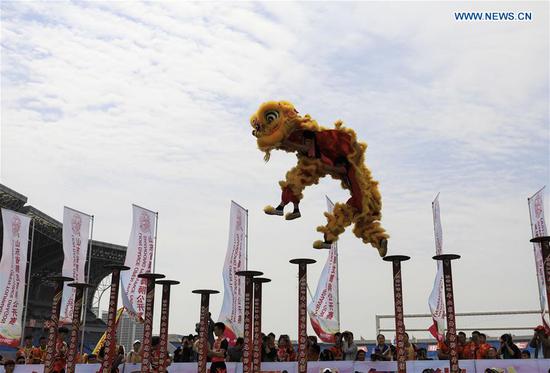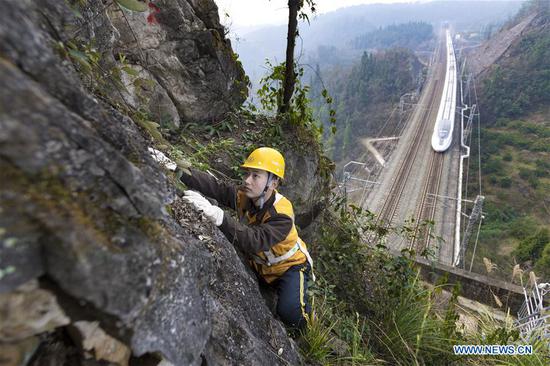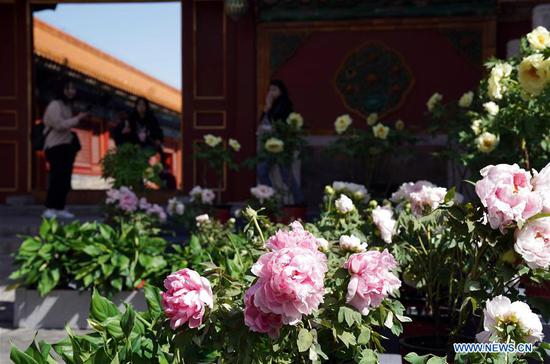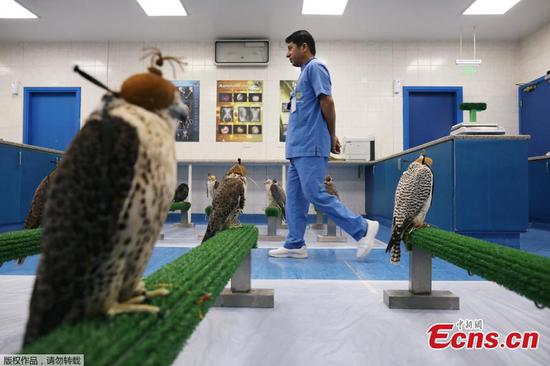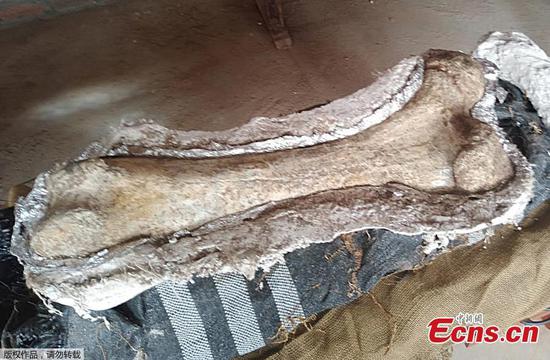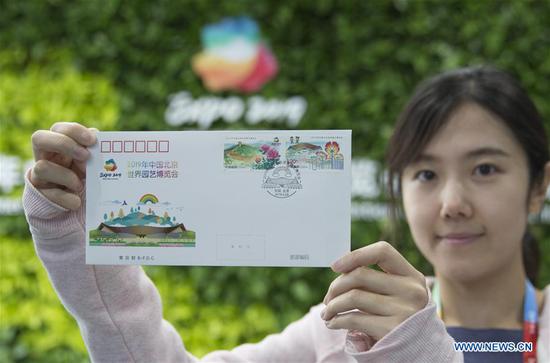
Students print their own designs with a 3D printing facility at the Tongji Experimental School in Qingdao, Shandong province. [Photo by Liang Xiaopeng/For China Daily]
Under the additive manufacturing method, the number of parts in a single fuel nozzle tip was reduced from about 20 pieces previously welded together to one whole piece. The nozzle tip's weight was cut by about 25 percent.
"Today, there are hundreds of big planes flying between cities around the world and carrying machine components," noted Mohammad Ehteshami, the former head of engineering at GE Aviation who now runs GE Additive, a new business focusing on the latest manufacturing techniques like 3D printing. "Tomorrow, you won't need to do all of that. You'll just print what you need."
At Siemens, additively-manufactured turbine blades can be cooled by complex internal channels, thereby improving their functional efficiency. Such technology now allows novel geometries that were not possible before.
According to a report released by the German conglomerate, additive manufacturing enables rapid prototyping resulting in up to 75 percent of former development time, and is more sustainable by consuming up to 65 percent less resources, by reducing gas emissions by up to 30 percent and generally by creating components with longer life spans.
Experts believe that China is quickly closing the gap on the technology's application and commercialization.
"The Chinese market is always intensively competitive, because here people want to do things fast and they put their heart and soul into it," said Benjamin Tan, vice-president of Asia-Pacific at Ultimaker.
Founded in 2011, Ultimaker has built open and easy-to-use 3D printers, software and materials that enable professional designers and engineers to innovate.
According to Tan, the lead time for delivering a certain product in China can take roughly three days, other than three weeks or three months that are commonly required in other markets. Such market competitiveness has proliferated the use of 3D printing in the country.
"3D printing could be as simple as designing a phone cover, or as sophisticated as designing a rocket. But we have a role to play here, by shortening production time and allowing just any imaginable structure to be created with polymers, metals or even ceramic materials," he said.
Similarly, Stratasys unveiled the voxel-level 3D printing solution during the TCT Asia trade show in February in Shanghai. It allows users to exercise control of their design at volumetric pixel level with access to more materials.
For instance, the company has teamed up with a carmaker in China to allow customers to customize car body patterns using 3D printing solutions, which Agam hailed as a "true revolution".
"Till now the 3D printing remained largely a B2B business. This is for the first time that customers can come and actually have an impact on what the products are going to look like," he said.
Speeding up production and shortening supply chain are not the only game-changers. The need to come up with tailor-made designs that are flexible to meet end-user needs lies at the heart of 3D printing, he said.
Some of the most advanced 3D printing applications will be driven by Chinese companies, in light of the high level of government incentives to promote the industry.
"Customers and end-users are expecting new things at a much faster pace than before, prompting companies to come up with new products at a pace that could never be achieved by traditional manufacturing," Agam said.
Materials play a critical role in the process. While plastic remains the most widely used material for 3D printing, the use of metal as "ink" will become more popular in 2019 and beyond, and more material companies are joining the fray.
"The implications are huge - the auto, industrial and medical sectors alone produce billions of metal parts each year," Dion Weisler, CEO of HP Inc, was quoted as saying in a press release. The company believes the metal platform unlocks the speed, quality and economics to enable customers to design, manufacture and deliver new solutions.
But according to autonomous manufacturing trade group AMFG, the focus on metal 3D printing in recent months has meant that the expansion of the polymers segment - it still dominates the overall 3D printing materials market - has often times been overlooked.
It cited leading chemical companies, from DSM, SABIC to BASF and Solvay, to elbow into the 3D printing space over the last few years, demonstrating a growing interest in the sector as an industrial solution.
To adapt to that trend, Ultimaker has formed an alliance bringing together material providers. Their latest addition of three material makers in Shanghai further expanded the choice of materials and applications in a wide variety of industries.
"By making print profiles in the Ultimaker marketplace, engineers and designers in the electronics industry can benefit immediately from the ease of use of desktop 3D printing," said company CEO Jos Burger.
eSun, a company specializing in the industrialization of biodegradable polymers, is a new member of the alliance. CEO Yang Yihu said the alliance can allow eSun to speed up eco-friendly 3D printed products by adopting renewable resources.
"The Chinese market is a lot more advanced and aggressive. So we are aiming to serve not only the industrial users but also the manufacturers," said Blake Teipel, CEO of Essentium, another material maker that forayed into China this year.











